
Sequence Organizer
Teaching STEM
A Sequence Organizer is a graphic organizer that is used as a way of classifying/organizing information to represent causality and consequences, and to identify patterns.

Sorting Mats
Teaching STEM
This strategy helps students develop critical thinking skills as they sort, organize and classify things in different ways.
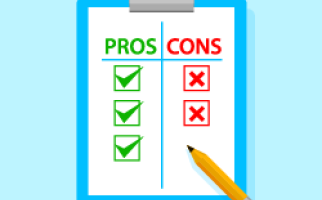
Pros & Cons Organizer
Teaching STEM
This strategy helps students develop decision-making skills as they determine the pros and cons of an issue.
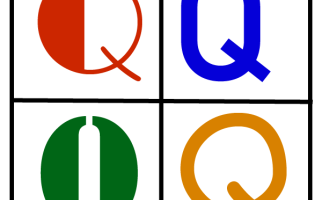
Question Creation Chart (QC2)
Teaching STEM
The Question Creation Chart (also known as a Q-Chart or Q-Matrix) provides students with a framework for developing a range of personally meaningful questions, encompassing both close-ended factual questions and open-ended, divergent questions. (Adapted from Weiderhold, 1997).

Question Filter
Teaching STEM
Question Filter is a strategy that is used to assist students in developing the skills of questioning, sorting & classifying and analyzing & interpreting in order to develop their understanding of the characteristics of objects, places and events.

Question Matrix
Teaching STEM
A Question Matrix is a tool to assist students in developing the skill of asking rich, higher-order questions about objects, events, ideas, and places in their environment.

Issues & Stakeholders
Teaching STEM
This strategy helps students develop critical thinking skills by identifying issues and stakeholders

Making Comparisons
Teaching STEM
Making Comparisons is a way of thinking about two or more objects, ideas and/or events to find out how they are the same and how they are different. Knowing this information allows students to sort, classify and organize objects, ideas and/or events, to connect prior knowledge about them to new knowledge, and to develop appropriate comparative vocabulary.

Importance Line
Teaching STEM
This strategy helps students think critically about ideas by ranking them on a scale.
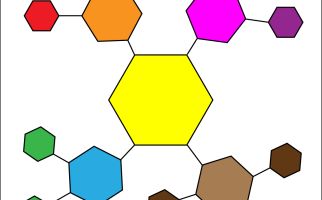
Consequence Mapping
Teaching STEM
This strategy helps students to think deeply about the causes and effects of real or imaginary events, issues, or technologies.

Cost-Benefit Analysis
Teaching STEM
This strategy helps students organize information for the purpose of making a decision.
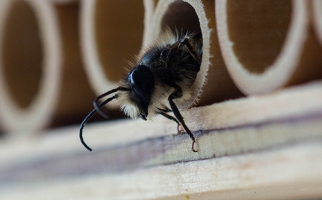
Design & Build a Bee House
Lessons
Students will learn about the human impacts on bee populations as they design, test, build and observe a structure for solitary bees.
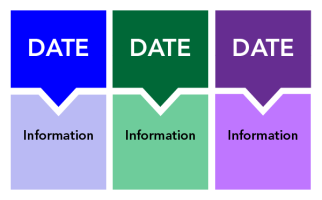
BYO (Building Your Own) Timeline
Teaching STEM
This is an individual or whole class strategy which combines reading/viewing comprehension skills with critical thinking skills. Individually or in groups, students choose one or several points from the timeline and create a sub-timeline related to the selected point(s).